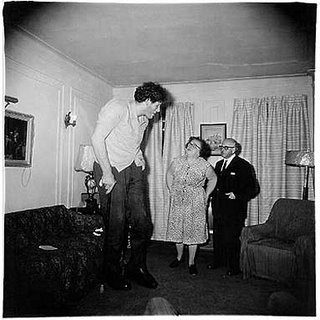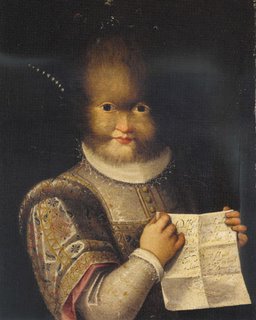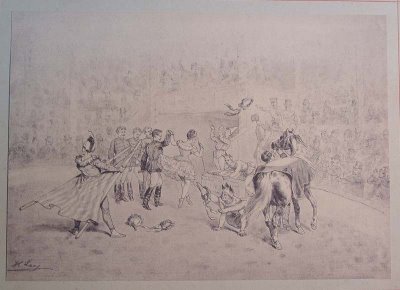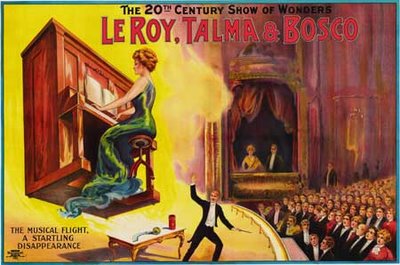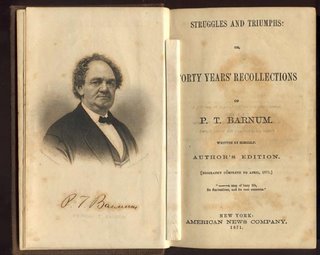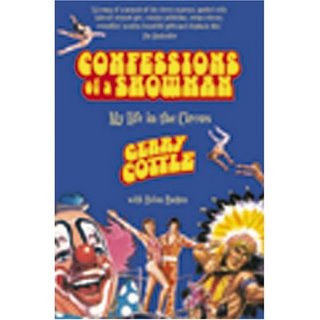The recent movie “Prestige” developed, in many of our readers, curiosities and inspirations about the connections between science and magic: two fields which most glorious era coincided, as we remebered in our recent Robert- Houdin article.
Houdin article.
The great first Victorian exemple was perhaps “Pepper’s Ghost”. Virtually every handbook or encyclopedia of theatre depicts the working of this stage invention, here proposed in a popular print from our collection. The invention of this mechanical projection of a ghost upon a stage was originated by Henry Dirks and John Henry Pepper of the Royal Polytechnic Institution in London, 1863. Its complicate history of fights and patents, subterfuges and variations, is not far from the atmosphere depicted in “Prestige”. But for their passionate narration, we suggest the literary achievements of Jim Steinmeyer.
Instead, we call your attention on the less known theatrical application of the said invention. Principally, it was used neither for standard magic shows nor for the stagings of opera or drama. After his birth as science demonstration, “Pepper’s Ghost” was used by theatrical companies specialized in dramatizations of the invention in popular circuits.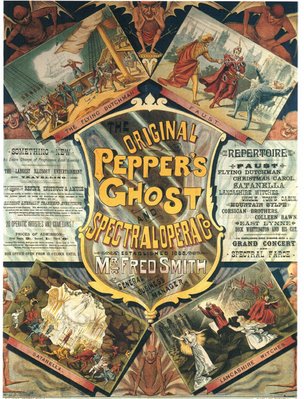
This poster from 1893, is from one of them: the now forgotten “Mr.Smith’s Original Pepper Ghost’s and Spectral Opera Company” (preserved in the London Public Record Office).
 Houdin article.
Houdin article.The great first Victorian exemple was perhaps “Pepper’s Ghost”. Virtually every handbook or encyclopedia of theatre depicts the working of this stage invention, here proposed in a popular print from our collection. The invention of this mechanical projection of a ghost upon a stage was originated by Henry Dirks and John Henry Pepper of the Royal Polytechnic Institution in London, 1863. Its complicate history of fights and patents, subterfuges and variations, is not far from the atmosphere depicted in “Prestige”. But for their passionate narration, we suggest the literary achievements of Jim Steinmeyer.
Instead, we call your attention on the less known theatrical application of the said invention. Principally, it was used neither for standard magic shows nor for the stagings of opera or drama. After his birth as science demonstration, “Pepper’s Ghost” was used by theatrical companies specialized in dramatizations of the invention in popular circuits.

This poster from 1893, is from one of them: the now forgotten “Mr.Smith’s Original Pepper Ghost’s and Spectral Opera Company” (preserved in the London Public Record Office).
What exactly did a spectral opera company? They built the apparatus on and under the stage, then presented some sort of ghost variety show. It consisted in a selection of famous scenes from dramas, novels, or operas in wich at least a ghost included. We have of course some doubts on the acting talent of companies as Mr.Smith’s in playing the likes of Faust or Lancashire Witches. And we are more perplexed at the eventual singing abilities in selections from Flying Dutchman; or at the accuracy in the dramatization of literary classics as Uncle Tom’s Cabin or Christmas Carol.
But we firmly believe that the prestige was perfectly crafted, and the manifestations of spectres, evil or saints, was for the audience more thrilling at the times than any movie magic of today.



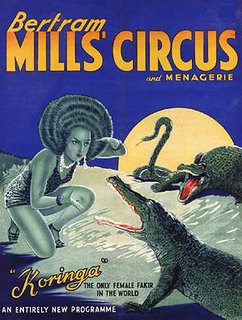
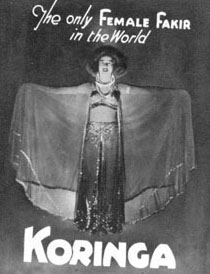
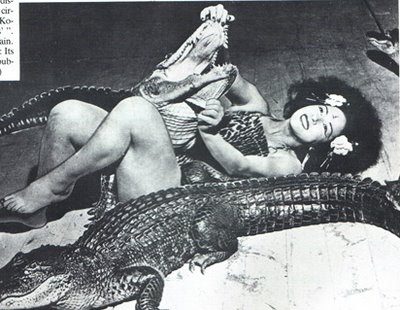


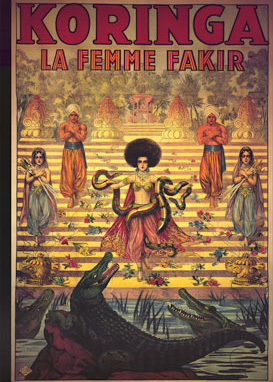


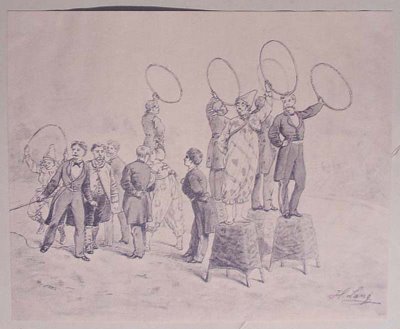
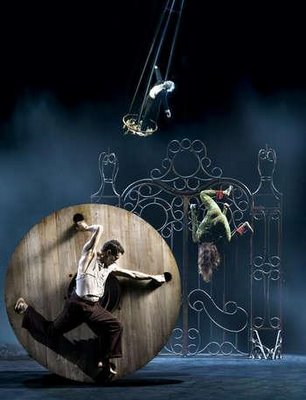
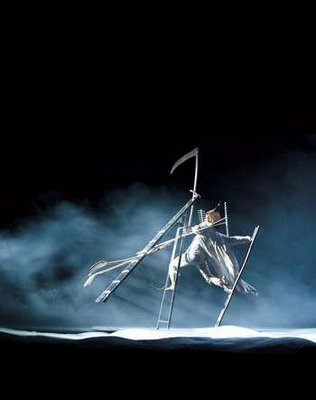

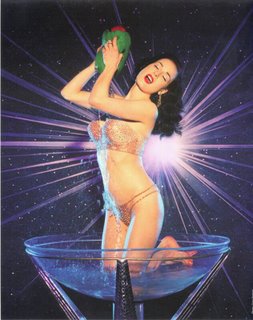
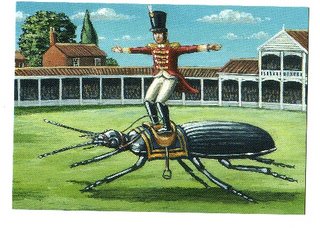

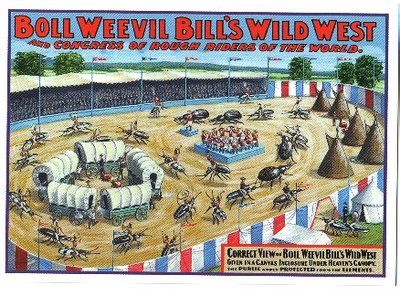 Some of you maybe don’t believe in this beetle, bug and bumblebee bonanza of bizarre: if so, we encourage you to discover more at
Some of you maybe don’t believe in this beetle, bug and bumblebee bonanza of bizarre: if so, we encourage you to discover more at 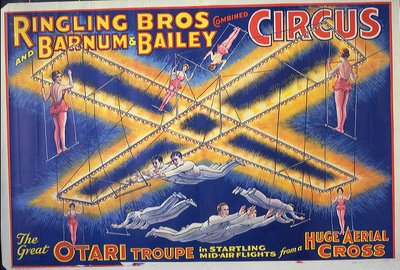
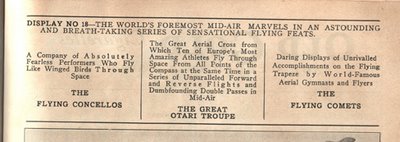

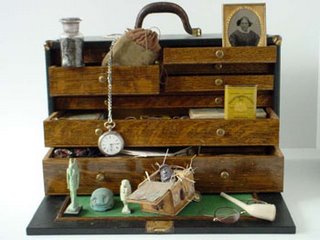


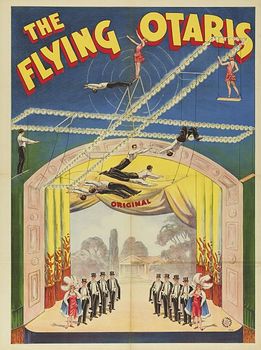
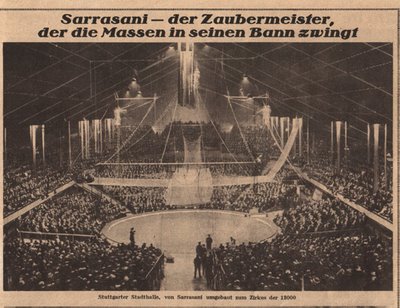 In the panoramic view of the hall, you can see the Otaris on their “bridges” and their cross-net.
In the panoramic view of the hall, you can see the Otaris on their “bridges” and their cross-net. 